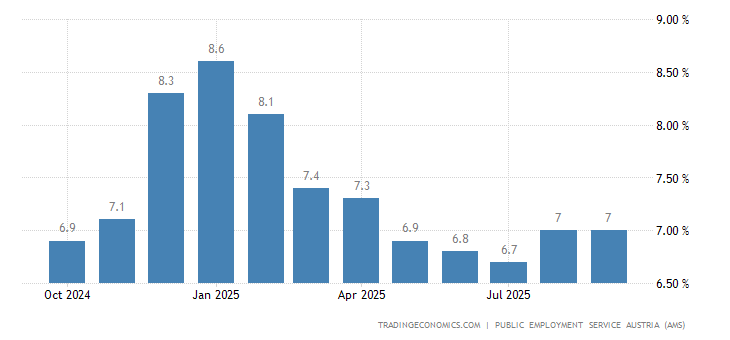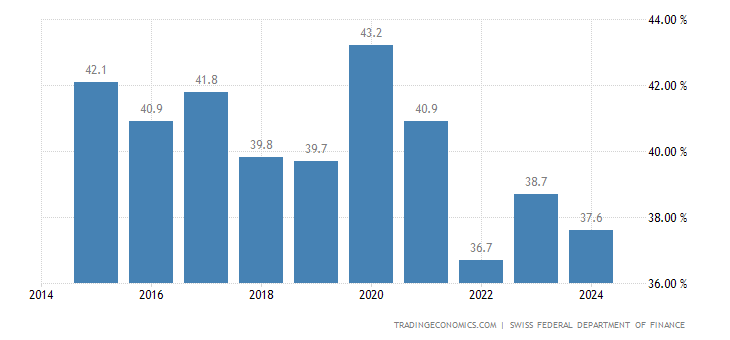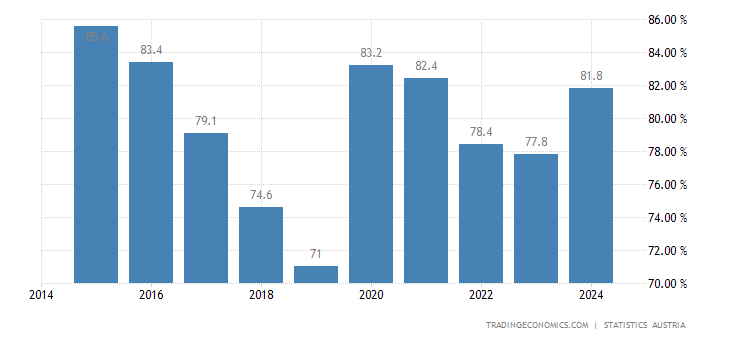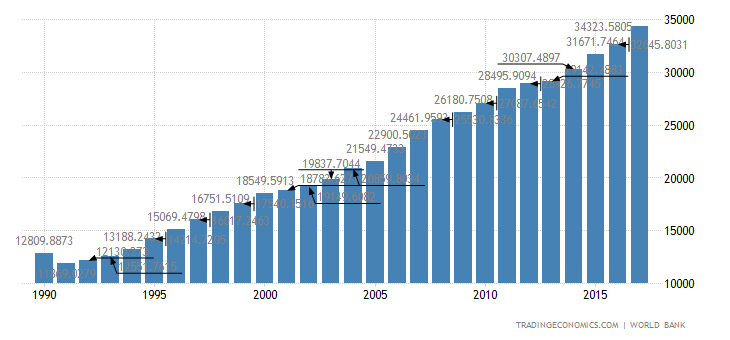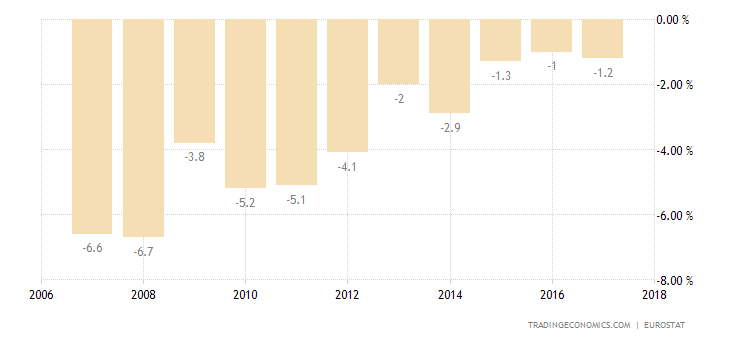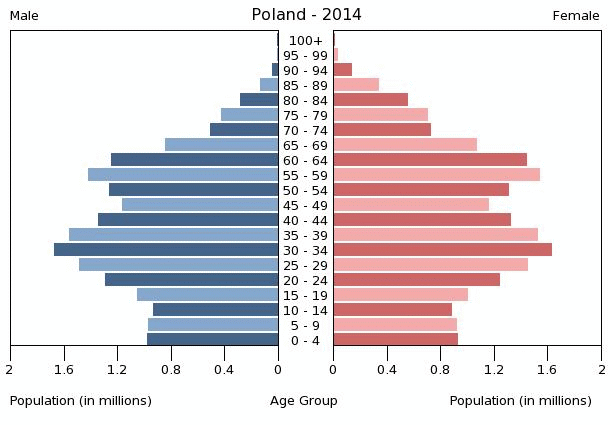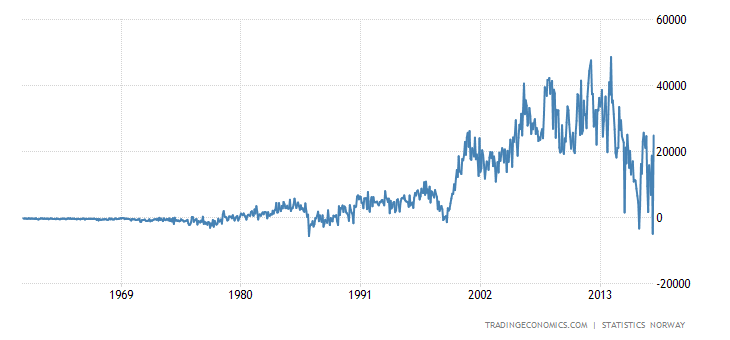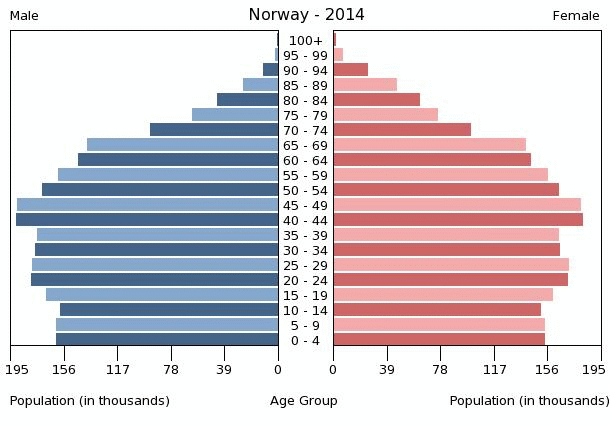We want to learn more MINT module courses and kess dead languages at highschool & basic college [Draft, still in work]
- mathematics
- basics
- technically drawing geometry
- spreadsheets & business calculation
- logics
- languages
- native or classroom/school language
- mandatory english
- optional foreign languages, e.g. french, spanish, german, chinese, ...
dead languages, e.g. latin, ancient greek
- geopolitics & economics
- geography & earth science
- local & foreign economics
- local & foreign politics
- biochemistry
- biology
- environmental studies
- dietetics
- chemistry
- mechatronics
- physics
- IT OS user level & simple programming
- electronics
- mechanical engineering
- combined mechatronics with LEGO mindstorms
- culture & aesthetics
- history
- music
- art
- aesthetics
- ethics
- theory: religious & ideology studies, later psychology & philosophy
- practice: solving religious, ideologically, gender or special needs problems, group dynamics, NLP, choice & option role games
- sports
- basics [athletics. fitness & stamina training]
- ball games [soccer, basketball, volleyball, handball, hardball, rugby, ...]
- creative [impulse dance, monkey & pirate gymnastics, acrobatics, wrestling]
- outdoor & elements [swimming, skating, ice-skating, cycling, climbing, military, horse riding, sports with dogs]
please notice, that military, horses and hounds is only a final joke. please take not all 100% seriously, but try to understand the message
Mathematics
Geopolitics & Economics
Mechatronics
Instead of physics, IT and additional electronics, I would try to introduce a much more practical mechatronic light little bit more light weight module already in school by introducing something like Lego mindstorms: Children and young people can so easy learn, how to combine mechanics construction, electronics and IT programming with quick and boombastic results.


Culture & Aesthetics

Ethics
I would dump all religious courses in school and provide instead a mandatory ethic coursed for all children. Basic knowledge part of that course should include most important religions, ideologies (like socialism, democratic and totalitarian ideologies, imperialism, love movement of 68, deep state ethics, feminism and so on). At college level, we might include philosophy here too.
Practial part should help to resolve cultural, gender, religious or any other ideologically based conflicts by playing role plays, visiting conflict areas in country, etc.
Strong religious believers could offer their childs excellent private courses during their free time, if they want. But mission in school is different, religion should be more in private and family / community space than in public education. (There are certain expensive private religious schools too, everyone is free to take that choice).
Strong religious believers could offer their childs excellent private courses during their free time, if they want. But mission in school is different, religion should be more in private and family / community space than in public education. (There are certain expensive private religious schools too, everyone is free to take that choice).





























